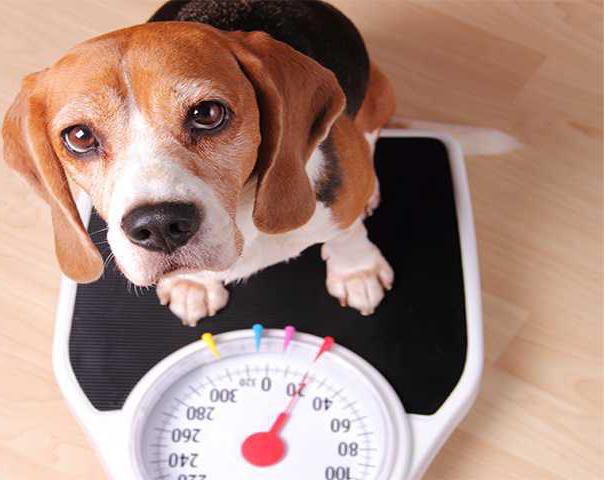The holidays are a time of overindulgence. People often eat way too much, and frequently their pets are right there beside them.
Something people may not know: Dogs, like people, are getting heavier than ever.
According to the Association for Pet Obesity Prevention, an estimated 54 percent of dogs and cats in the United States are overweight or obese, and the trend continues to worsen. This epidemic is taking its toll on the health and well-being of man’s best friend.
Dr. Pam Nichols, a veterinarian, shared some obvious reasons for this epidemic.
“I think people think food is love, so they feed their dogs their snacks; they feed their dogs their people food,” Nichols said. “I see clients that literally will finish their dinner and scape their plates into their dog food bowl. We should know that’s not the best thing to do anymore.”
Pets are part of the family. Pet owners care for their pets and love them, but good intentions may be harming them.
And it’s not just the extra treats that are making them chubby. The fact is, many people are unknowingly giving them too much dog food, too.
“If you read the bag of dog food, think about Marketing 101,” Nichols said. “The company wants to sell more dog food, so their recommendations are significantly higher than your dog needs. Its wrong information. It’s going to make your dog fat, and ultimately, obesity will kill a dog.”
It’s all the added calories that are adding pounds to pooches.
Before settling on how much food to feed your pet, Nichols said to call the vet and find out how many calories the pet really needs.
There’s an old saying that goes, “If your dog is overweight, you’re not getting enough exercise.”
“Pet owners are in denial about pet weight and how serious and important it is,” Nichols said. “When I tell a pet owner their pet needs to lose weight, the No. 1 thing I usually hear is that, ‘He already gets a ton of exercise.’ The reality is, the owner’s perception (of how much) their dog is exercising is generally incorrect.
So getting them out and getting them for a walk and measuring the time of the walk or the distance of the walk is really, really important,” the vet added.
Even when a pet is diagnosably fat, most owners don’t realize there is a problem.
In a study done by the Association for Pet Obesity Prevention, 93 percent of dog owners and 88 percent of cat owners thought their pet was in the normal weight range despite being classified as obese.
Just like for us, diet and exercise make a huge difference for our pets.
So what does a healthy-weight hound look like?
Experts say pet owners should be able to feel and see their pets’ rib cages and feel the bones in the top of their heads and along their shoulders.
Pets also should have a definable waist from both the side and back.
When dogs carry extra weight, experts say various forms of cancer, osteoarthritis, joint problems and a shortened life expectancy frequently can be linked back to the weight problem.
But, just as with people, when an obese pet loses weight, its health and mobility are improved significantly.
Pet owner Drew Eastman saw drastic improvement in his newly adopted German Shepard named Diesel after he and his family recently helped him lose more than 70 pounds.
When they first adopted the dog, Diesel weighed nearly 200 pounds and hardly could move.
With the help of their vet, the Eastman family worked on altering Diesel’s diet and added exercise into the mix. Eastman said the family took the dog on a walk once or twice a day.
“It just took more activity and less food, and now Diesel can run and play like a healthy dog should,” he said.
Experts say keeping pets in a healthy weight range and exercising them regularly can add years to their lives.
People with pets should contact their veterinarians to see if their dogs and cats are within a healthy range.
Pets don't handle extra weight well


Sign up for our e-newsletters